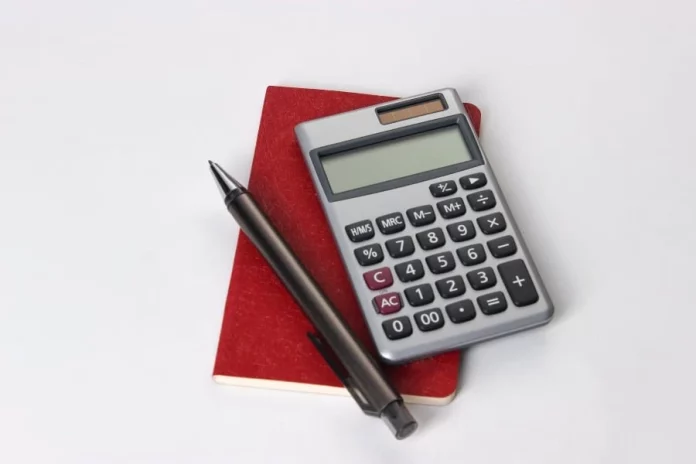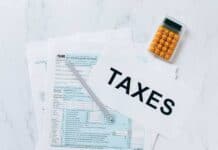As a small business owner, you probably assum the IRS isn’t concerned with how little or how much you pay in taxes. However, since 2016, the IRS has increasingly targeted startups for tax audits, so it’s important for you to prepare your tax returns correctly, regardless of income.
How To Prepare Your Taxes As A Small Business Owner
Running a business is a lot of work, and the last thing you’ll want to do is mess around with the tax man. If you want to stay legally compliant, pay attention to the following essential tax tips.
1. Your Business Structure Affects Your Taxes
Most business owners start as self-employed independent contractors, but the 15.3% tax burden plus income tax can really dig into your profits once you make it big. Once you hit the $60,000 threshold, you should change your legal structure to keep more money in your pocket.
LLC (limited liability company) is the most popular legal structure because it provides two tax advantages: the ability to deduct business losses and no double taxation (like a C corp). However, In some circumstances, an S corp or C corp may be the best fit for your business.
If you’re still a sole proprietor (i.e., independent contractor), look at your options carefully before deciding. Choosing to operate as a sole trader or a company can be tricky to work out. Getting advice from LegalVision is a great way to begin deciding your small business journey. Each structure has different tax implications, legal requirements, and filing systems.
2. You May Be Entitled to COVID Tax Credits
As a new business owner, you have to really stretch your financial resources. If you opened up your doors before or during the pandemic, it was likely incredibly difficult for you to keep your head above water. Fortunately, the government has issued tax credits you may be able to use.
For example, the Employee Retention Credit allows startups to offset their payroll tax liability by up to $7,000 per employee per quarter. Since Covid Aid Relief credits are a bit complicated, you can learn how to apply for the Employee Retention Tax Credit in this guide.
If you aren’t eligible for the Employee Retention Tax Credit, you may be able to use the Paid Leave Credit, which allows small businesses to offer paid leave to sick or quarantining staff.
3. You Can Use Tax Deductions to Your Advantage
New businesses can deduct a good chunk of their tax burden yearly by taking advantage of tax deductions. One that’s often overlooked is the $5,000 startup credit available to businesses that spent $50,000 or less on costs. However, you can only use this deduction the year you started.
Besides writing up your startup costs, businesses can also deduct insurance, office space, supplies, real estate, business assets, and professional fees. Sole proprietors have more ways to reduce their taxes via utilities, home repairs, equipment, rent, travel, and contract labor.
If you have a business vehicle, health insurance premiums, a retirement savings account, a home office, a business phone, and advertising expenditures, you can deduct them as well.
4. You May Need to Pay Quarterly Taxes, Not Yearly
The IRS doesn’t take ignorance as an excuse, so you may be out of luck if you file your taxes yearly instead of quarterly. If you’re filing self-employment tax for the first time this year, check if you’ll owe $1,000 or more in taxes. If you do, you’ll have to estimate your quarterly payments.
You can use Form 1040-ES to assess what you’ll have to pay by April 15th, June 15th, September 15th, and January 15th (of the following year). If you paid self-employment tax the year prior, divide your tax burden by 4. Include all deductions and tax credits in the calculation.
If you fail to submit at least 90% of the taxes you owe, you’ll be subjected to harsh penalties. Work with a tax professional who can double-check your quarterly payments, just to be sure.











![Chase Bank Review [ATMs, Checking, Credit Cards, Loans, Savings] Chase bank home page](https://www.moneytaskforce.com/wp-content/uploads/2019/06/121445293_s-100x70.jpg)
